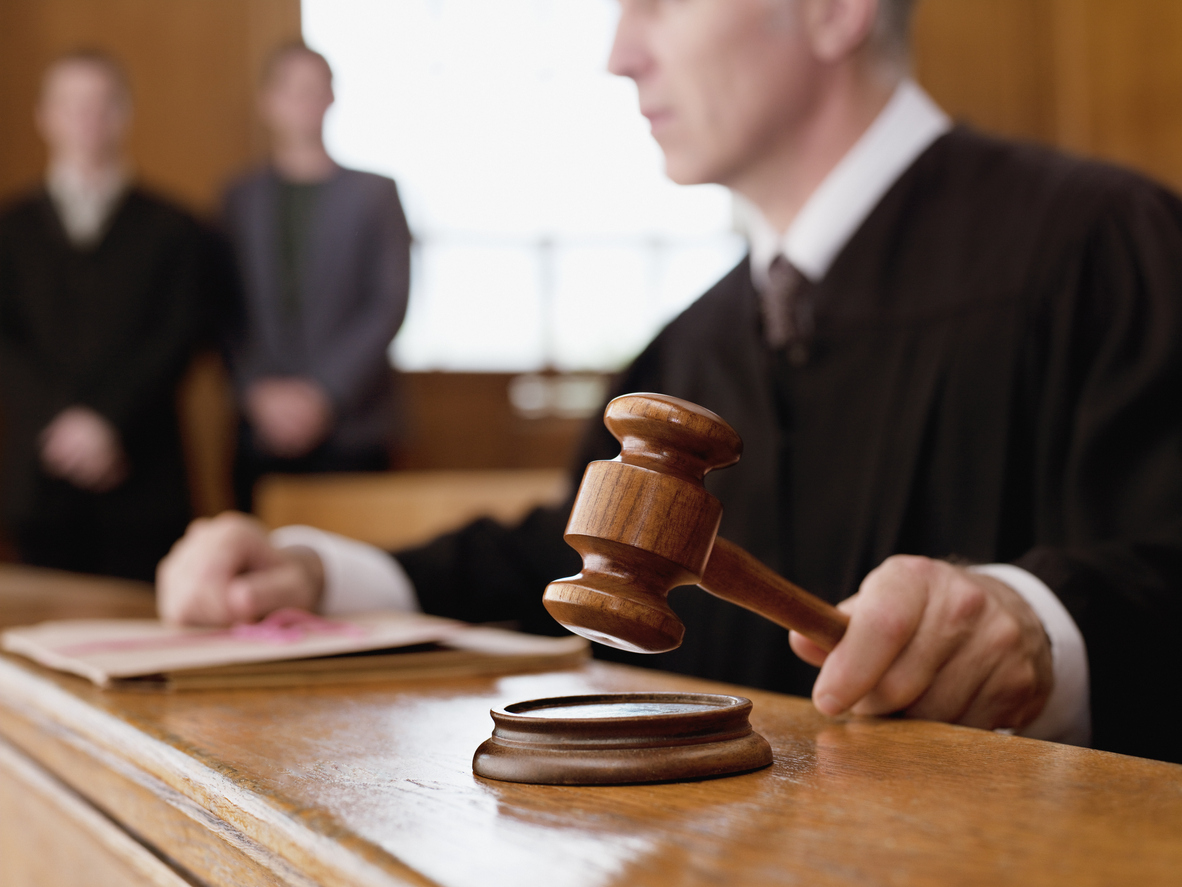(*Chip Merlin’s Note–Rocco Calaci has been a noted meteorology expert witness in the Katrina Legal Wars. Click here to read his previous guest blogs)
Tropical Storm / Hurricane / Tropical Storm Isaac is gone, but it generated numerous tornadoes along the East Coast; from Florida to the Carolinas, in Alabama, Mississippi and Louisiana. In my area of Northwest Florida, there were many public reports of tornadoes on Tuesday, Wednesday and Thursday. Unfortunately, the large majority of these tornadoes were never reported to the proper authorities. This creates a huge problem for everyone.
Tornadoes are an inherent threat associated with any tropical cyclone. Without going into a bunch of technical mumbo-jumbo, tornadic activity associated with hurricanes and tropical storms are dynamically different than tornadoes we think of in the Great Plains, Midwest or parts of the Southeast. It’s similar to the comparison between a chocolate bar and sour gummies…both are candy, but very different.
Tornadoes associated with hurricanes and tropical storms are much smaller, generally less intense and extremely short-lived. Most of these tornadoes are rated as EF0 or EF1 (EF – Enhanced Fujita Scale).
The fact that hurricane associated tornadoes have different characteristics has been well documented by the National Weather Service (NWS) and others.
If an EF0 or EF1 tornado occurred in the Great Plains or Midwest, expectations of damage would be minimal, but if an EF0 or EF1 tornado within a hurricane hit a house, the results would be much more damaging. Why? Because this EF0 or EF1 tornado is embedded within a hurricane wind field.
In the Great Plains, as an EF1 tornado approaches a specific property, the winds increase with the approach of the tornado, but usually, the entire tornadic episode is over within 15 minutes, from the time you spot the tornado until it strikes your property, then it’s gone.
During a hurricane, your property may be subjected to hurricane force winds for hours prior to one of these EF0 or EF1 tornadoes striking your house, therefore making your home weakened and more prone to suffer extensive damages once the tornado strikes your house.
This is the premise of why it is so important to understand and employ the proper procedures when/if a tornado is spotted during hurricane activity.
Of all the associated weather elements that occur during a hurricane, tornadoes are the only element that must be visibly spotted and reported to the proper authorities to be registered as an event during a hurricane.
There is sophisticated equipment to measure winds, barometric pressure, temperature and more, but someone must actually see a tornado and report it properly, before the NWS will consider carrying a tornado on the record.
It’s my opinion the entire process of reporting tornadoes is flawed, even those tornadoes that occur in the Great Plains, Midwest or elsewhere. For the NWS to report a tornado on their records, someone has to witness it.
All of us have heard tornado survivors report that the approaching tornado sounded like an oncoming locomotive, that has been a consistent observation for as long as I can remember.
We can hear rain and no one doubts its’ rain. We can hear the wind and know exactly what is going on outside. Hearing the clap of thunder or a crack of lightning and we know what’s going on, but only after someone seeing a tornado, is there a chance it will be entered into official records.
When tornadoes occur and are not reported, there are no official records for future reference. Here’s a good example from Hurricane Ike.
After Hurricane Ike swept over Bolivar Peninsula in 2008, all that was left in many places were empty slabs. Hurricane Ike generated a huge storm surge, but for 6 to 8 hours prior to the storm surge, there were tornadic storm cells that moved all over Bolivar Peninsula.
When trying to determine what caused the extensive damages, there were no public reports of tornadic activity anywhere on Bolivar Peninsula, so what does someone think may have caused the damages? You guessed it: storm surge. This may be the wrong reason for the damages, but there were no records of tornadic activity.
Throughout 2009, I performed forensic evaluations of what weather elements were involved in causing the damages on these slabs on Bolivar Peninsula. I interviewed homeowners and other people that rode out Hurricane Ike, from Bolivar Peninsula, northward to Houston.
There were over two dozen people that spoke of witnessing tornadoes during Hurricane Ike. When I asked what they did after seeing a tornado during the hurricanes, here are some of the responses:
- "Ahh, was I suppose to do something?"
- "I went back inside and had a beer".
- "I went back inside to get my video camera."
- "I didn’t do anything."
Of course, during a hurricane, most people are thinking of survival and sighting a tornado usually creates more confusion and anxiety for everyone.
Because no one knew what to do, these sightings of tornadoes went unreported; therefore there are no official reports of tornadic activity during Hurricane Ike on Bolivar Peninsula, Galveston, all the way to Houston. When someone tries to re-construct the meteorological situation months or years after Hurricane Ike, the records will reflect an incorrect picture.
So the next question is…what are the correct procedures in the event of spotting a tornado during a hurricane?
Before I answer that question, let’s see how a tornado develops within a hurricane.
As the diagram states…"Hurricane tornadoes are more frequent than classic Midwest tornadoes because there is more rotation in the hurricane environment for tornadoes to draw upon." The diagram is from the National Center for Atmospheric Research and the NOAA Research Laboratory.
Hurricane associated tornadoes are smaller, weaker and short-lived. Do not expect to see a huge tornado with Dorothy and Toto swirling around on their way to Oz.
Here are the correct procedures if/when you spot a tornado during a hurricane (or any other time), and the string of actions that must be taken to confirm the tornado by the National Weather Service.:
1. Call either the local Sheriff’s department or the National Weather Service office for your area. Be prepared to describe what you saw, when, where, what it looked like and the direction of movement. Also report any damages you witnessed caused by the tornado.
Of course, you have to have some type of telephone service at this time. Most cell towers and landline phones may be disrupted.
Also, during a hurricane, both the Sheriff’s office and the local National Weather Service office will be overloaded with calls. Be patient. Let’s estimate 10 minutes for this task.
If for some reason, you can’t reach either the Sheriff or local NWS, and you are calm, cool and collected, with plenty of time to write down the above details, please do it and report it once the situation allows.
2. Once your statement is received it will be sent to the appropriate person at the NWS to determine if a tornado may have occurred. The NWS will look at two scans of NEXRAD to attempt to detect the possibility of a tornado. This is another 12 minutes.
From the time of a tornado sighting until the NWS makes a full evaluation of the situation can take anywhere between 20 to 25 minutes. By now, any tornado associated with a hurricane will have dissipated and disappeared from sight. FYI…most hurricane associated tornadoes last under 90 seconds…personal experience.
Another problem is whether or not, the local NEXRAD has the correct internal algorithms for tornadoes embedded in hurricanes. If the algorithms used for tornadic detection are not correct, NEXRAD won’t see anything resembling a tornado. This is a whole different story for a later time.
3. After the storm, the NWS will send a Damage Assessment Team to the area where you saw the tornado. Based upon the available debris, the NWS team will determine if a tornado caused the damages. If the NWS team believes a tornado occurred, they will issue a "confirmed" tornado report.
If the NWS does not find evidence of a tornado, this doesn’t mean a tornado didn’t occur, it means that it can’t be "confirmed" by the NWS.
Of course, after a storm surge moves in and washes away all the debris that occurred, (prior to arrival of the storm surge), it’s impossible to expect the NWS (or anyone else) to determine if a tornado occurred based solely on ground debris results.
So it all comes back to eyewitness reports. Though the NWS may not be able to "confirm" a tornado, if there are credible eyewitness reports of tornadoes during a hurricane, this may mean the difference between establishing a factual account of what happened or everyone shrugging their shoulders and not knowing what occurred.
If for reasons unknown, you are not able to report any tornado you witnesses, make sure you tell an official as soon as practical. This allows authorities to have it listed as a possible tornado location for the Damage Assessment Team.
Getting back to all the Tornado Warnings in Louisiana, Mississippi, Alabama and Florida…many times during hurricanes, reports received from the public total less than 10% of the warnings issued. It’s my opinion that hundreds of tornadoes occurred and we have no proof of any of them.
There were reports and photos on Facebook of tornadoes during Isaac and none of them — not a single one — got reported to the NWS.
Everyone complains that the NWS didn’t get this right or didn’t do that correctly…my advice to those who say this: try doing their job. The NWS is under-manned, under-funded and over-tasked for any and all situations.
If you want to help…report what you see.




